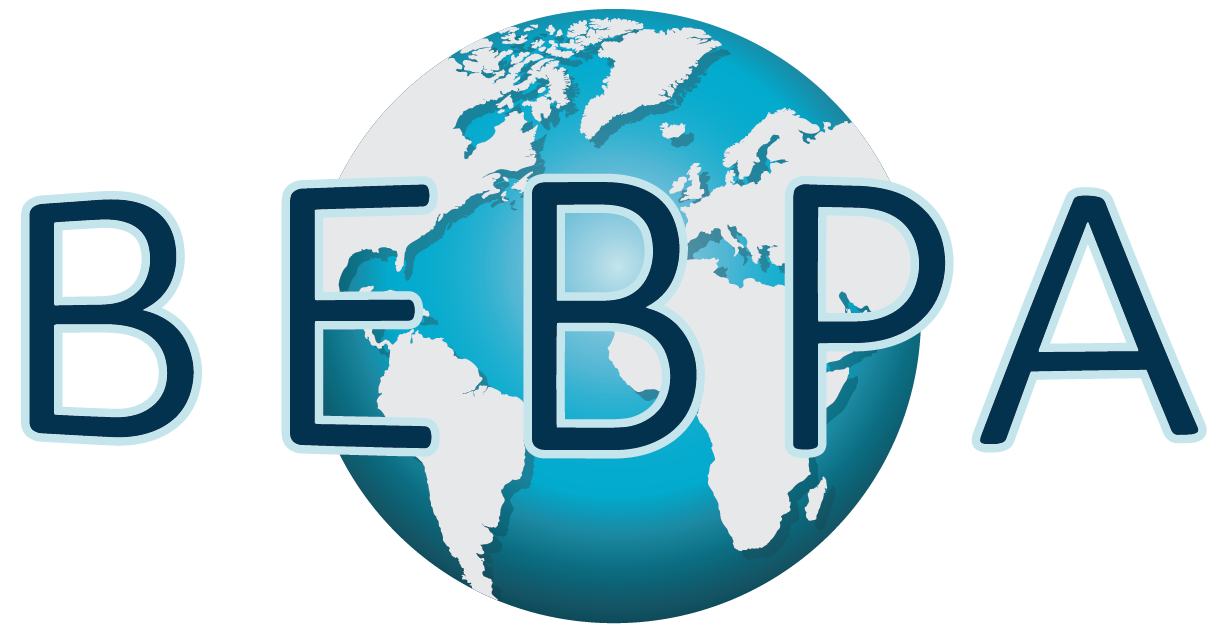BEBPA Blog
How Much Can We Reduce The Complexity of Bioassays?
In some respects, the key to developing a robust and reliable potency assay is all about simplification. If the biology is simplified, the reagents characterized and the protocol automated as much as possible, the assay will be more QC friendly.
This year at our EUR Bioassay conference, we have multiple talks focusing on how your colleagues simplified and improved their assays. These Include:
How Much Can We Reduce The Complexity of Bioassays?
Florian Cymer, F. Hoffmann-La Roche
Available for In-Person Only
Bioassays used for QC lot release and stability assessment are typically quite expensive per reportable result and are often performed with a standardized setup with a predefined number of points in the dose-response curve (DRC), predefined number of replicates on a plate and a predefined number of plates. This standardization yields benefits when defining processes in QC labs but can be detrimental to sample throughput, costs and overall efficiency. To address this challenge, we created a tool developed in Excel with Visual Basic and macros, which determines the minimum number of concentration points necessary for a reliable DRC based on predefined acceptance criteria from method validation. The tool also examines the usefulness of data replicates on a single plate as well as the usefulness of three plates versus two to generate a reportable result.
The case study focuses on three monoclonal antibodies in late-stage clinical development and demonstrates the possibility to reduce the resources required per reportable result while still producing reliable and accurate data. Furthermore, it provides recommendations on the minimum number of plates necessary to achieve a reliable level of accuracy in the assays investigated. The tool can be used for any set of validation data and can therefore help to streamline sample throughput, reduce costs of Bioassays and increase overall efficiency.
Contributing Authors: Florian Cymer and Annie Pham
